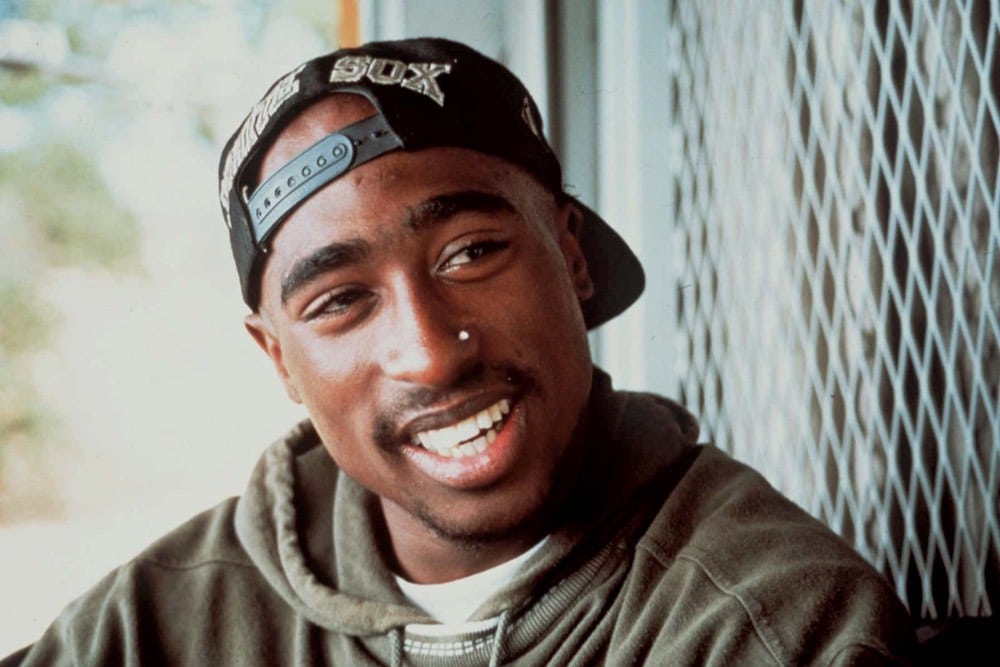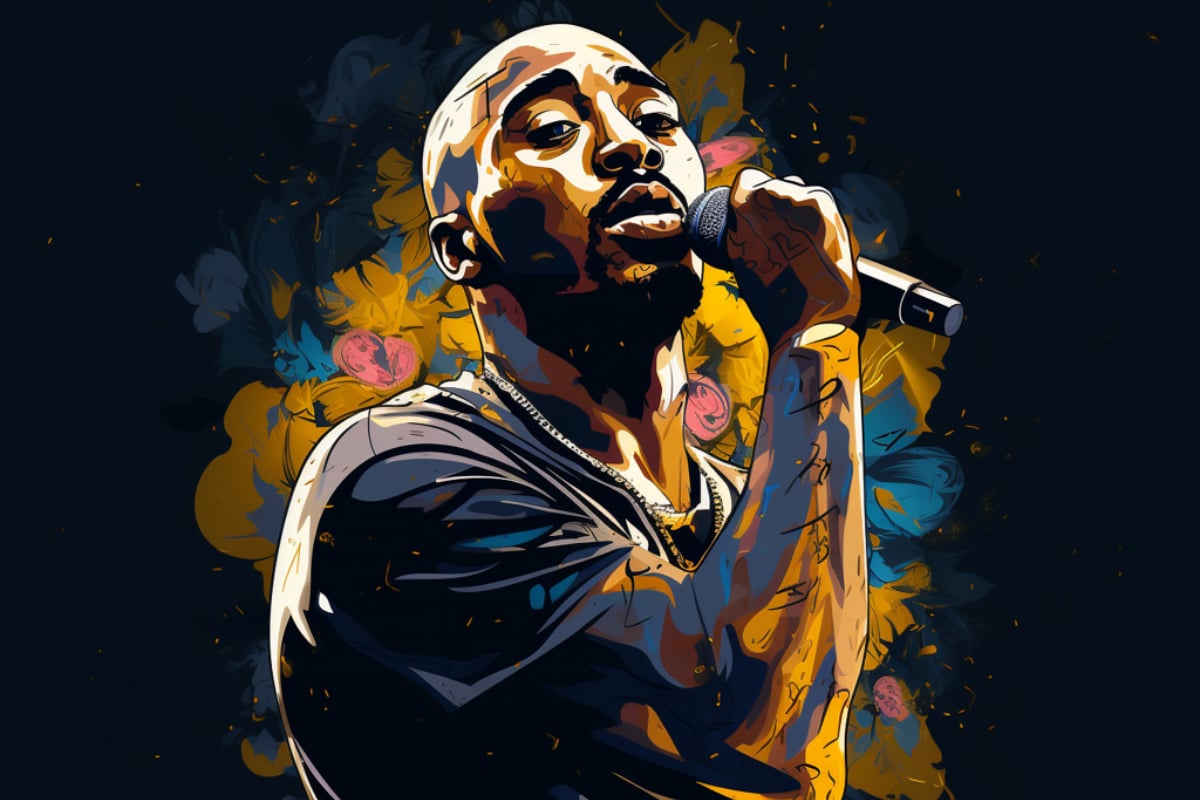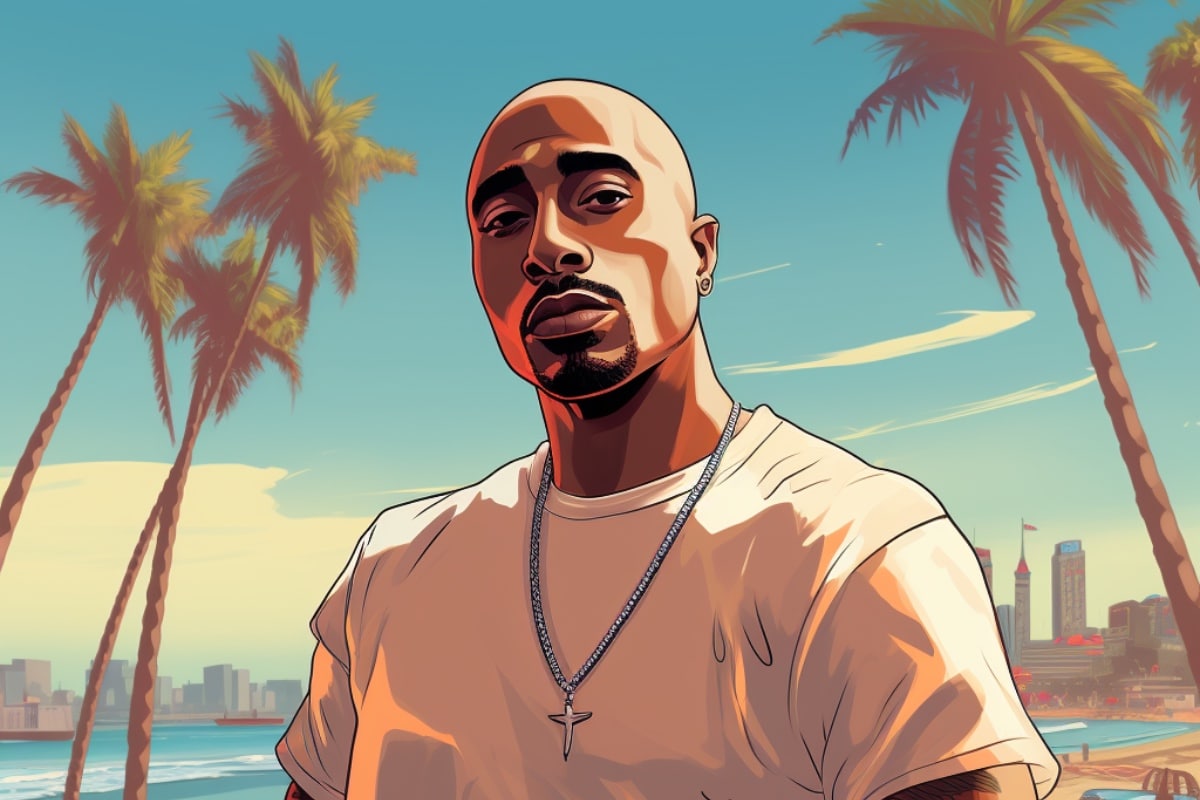Tupac Amaru Shakur, known to the world as 2Pac or Makaveli, was not just a rapper; he was a cultural icon whose influence transcended music and touched the realms of social activism, poetry, and acting. Born on June 16, 1971, in East Harlem, Tupac’s narrative is a tapestry of resilience, raw talent, and a relentless quest for social justice. This is a story not just about a westside rapper, but about an artist who mirrored the complexities of the American society in his music.
In the world of hip hop, 2Pac stands out as a luminary. With over 75 million records sold worldwide, he crafted an indelible mark on the music industry. His journey from Lesane Parish Crooks to Tupac Shakur is symbolic of his transformation from a young boy embroiled in societal struggles to a voice of the voiceless. His mother, Afeni Shakur, a Black Panther Party member, named him after Túpac Amaru II, a leader of an indigenous uprising in colonial Peru. This name, steeped in rebellion and resistance, foreshadowed Tupac’s future as a mouthpiece for the marginalized.
Raised amidst political activism, Tupac’s artistry was shaped by his environment. The streets of New York, Baltimore, and later the San Francisco Bay Area, provided a backdrop for his narratives that spoke to the heart of inner-city life. His debut album, “2Pacalypse Now,” was a clarion call, bringing attention to the struggles of the black community. Songs like “Brenda’s Got a Baby” and “Trapped” didn’t just entertain; they educated and enlightened, offering a window into a world often ignored.

The transformation from the conscious rap of his debut to the gangsta rap in “All Eyez on Me” demonstrates Tupac’s versatility and understanding of the complexities of black identity. His music navigated the space between aggression and vulnerability, power, and pain, and in doing so, became the anthem of a generation grappling with similar dichotomies.
Tupac’s influence wasn’t confined to the recording studio. His acting prowess in films like “Juice” and “Poetic Justice” revealed a multi-dimensional artist capable of channeling his intensity into compelling performances. But Tupac’s life was a mosaic of contradictions. The same man who wrote “Dear Mama,” an ode to his mother and single women everywhere, faced legal troubles and was embroiled in a notorious East Coast-West Coast rivalry that defined 90s hip hop.
His shooting in 1996 and subsequent death six days later left the world reeling. Tupac’s legacy, however, refused to fade. Posthumous albums like “The Don Killuminati: The 7 Day Theory” continued his narrative, offering fans a glimpse into his final creative moments. His induction into the Rock and Roll Hall of Fame and the Hip-Hop Hall of Fame posthumously is a testament to his enduring impact on music and culture.
Exploring Tupac’s life is to delve into the heart of hip hop itself. His music, interwoven with social commentary, personal struggles, and a quest for identity, resonates with the universal themes of human existence. In Tupac, fans found not just a rapper, but a mirror reflecting their struggles and aspirations.
His influence on subsequent artists is undeniable. Rappers from Eminem to Kendrick Lamar cite Tupac as an inspiration. His raw depiction of life in America’s inner cities and his unabashed confrontation of social issues paved the way for artists to use music as a platform for social change.
In the end, Tupac Shakur’s life was a brief but brilliant burst of creativity and social commentary. His music remains a powerful commentary on the state of America, and his influence continues to be felt in hip hop and beyond. As an artist, activist, and actor, Tupac’s legacy is a rich tapestry of resilience, rebellion, and profound artistic expression. In his own words, “I’m not saying I’m gonna change the world, but I guarantee that I will spark the brain that will change the world.” And in many ways, he did just that.
Would you like to learn more? Dive deeper into the depths of 2Pac in our featured articles below.







